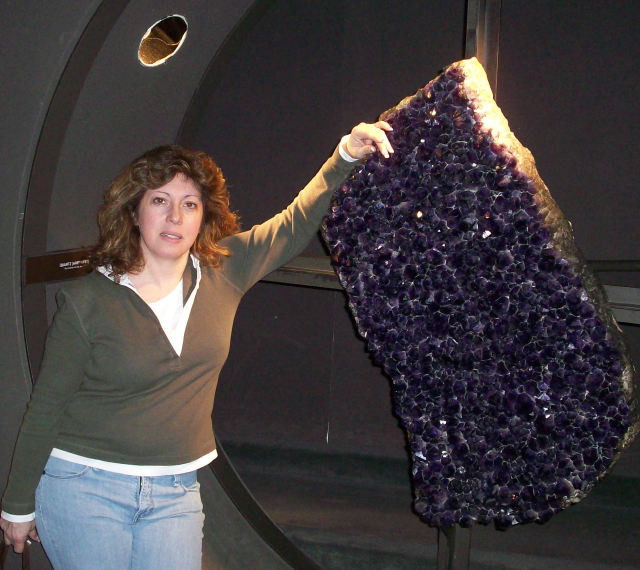Leafy greeny yummy
Question
Hi, I eat salads every day. No, really, every day. I don't like salad dressing and prefer to taste the vegetables in my salads. I usually eat baby spinach but now I'm wondering... is there's a healthier green salad or should I alternate the kinds of leafy greens I eat? Thanks
Hello Amber!
Thank you for your nutrition question. Spinach, especially young, tender baby spinach makes a wonderful salad green. Raw spinach is a healthy addition to salads, but to get the full benefit from this leafy green, eat it cooked at least some of the time. Cooking makes the antioxidant carotenoids responsible for much of spinach's nutritional potency easier for the body to absorb.
Salads are a great food to have in your eating plan. They provide so many important nutrients and there are many varieties. As a general rule, the darker green the leaves, the more nutritious the salad green. For example, romaine or watercress have seven to eight times as much beta-carotene, and two to four times the calcium, and twice the amount of potassium as iceberg lettuce.
By varying the greens in your salads, you can enhance the nutritional content as well as vary the tastes and textures.
When making salads, use more than one type to create a medley of different textures and flavors--and to boost nutritional value. Here are the best types:
Butterhead: This type includes Boston and Bibb lettuces, which are characterized by a loose head and grass green leaves.
Looseleaf: This type of lettuce comprises a number of varieties that don't form heads, but consist of large, loosely packed leaves joined at a stem. The leaves are either green or shaded to deep red at the edges, and may be ruffled or smooth.
Romaine: Also called cos, this lettuce has long, deep green leaves that form a loaf-shaped head.
The following greens, each with a distinct flavor, can be used alone or mixed with lettuce(s) to heighten the flavor of a salad as well as increase its nutritional content: Some contain significantly more vitamins and minerals than lettuce. Two of these greens--chicory and escarole--are often confused with one another or are referred to by different names in different localities. The descriptions here should help you identify them.
Arugula: Pungent arugula leaves spice up any salad. For more information, see "Arugula."
Chicory: Also called curly endive or simply endive, chicory forms a loose bunch of ragged-edged leaves on long stems. The outer leaves are deep green and have an assertive, slightly bitter taste; the leaves in the center are yellow and milder tasting.
Escarole: This member of the chicory family is actually a variety of endive, with loose, elongated heads and broad wavy leaves with smooth edges.
Mache: This expensive and delicate green, which is extremely perishable and therefore not widely available, has several names: lamb's lettuce, field salad, and corn salad.
Mesclun: This is not a type of green, but a mixture of baby greens that varies considerably depending on who put the mixture together.
Radicchio: Another chicory-family member, radicchio resembles a small head of red cabbage. The leaves come in various shades of red, white, and green: In the United States, a variety of purplish red and white is most common.
Watercress: A member of the family of cruciferous vegetables, watercress grows in streambeds, forming masses of pungent dark green sprigs. Sold in bunches, it has a sharp mustardlike flavor that makes it a popular garnish or it is used as a sandwich or salad ingredient
Hope this helps...my website http://www.juiceblend.com also contains a product called Juice Plus which contains the nutrients from fresh fruits and vegetables if you are interested. Let me know if you have more questions.
-George Rapitis, Nutritionist
- Prev:Cholesterol problem
- Next:Weight GAIN!
Related Articles
-
All about food???
QuestionHi Susan, Im Jayden Im 16 and I have lost 50 pounds by di
-
buldges of thigh n belly
Questionhi, im normal weight with bmi 20. but the problem is my
-
weight/proportion
Question front side stomach My measurements are wais
-
Waist control without calorie restriction
QuestionI have pretty much been obsessed with the numbers on the
-
Supplemental vitamins
QuestionQUESTION: Im 21 years old, 59 and weight around 150-160 l
-
waist measurement
QuestionQUESTION: Susan I am 49,no health issues except for a bi




